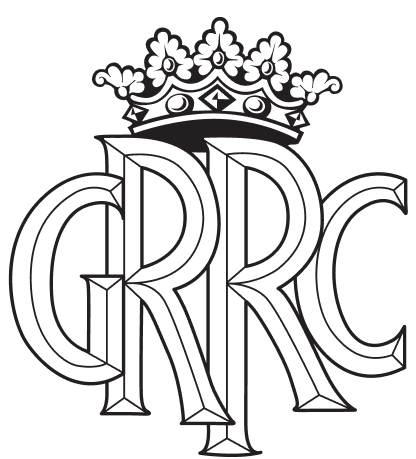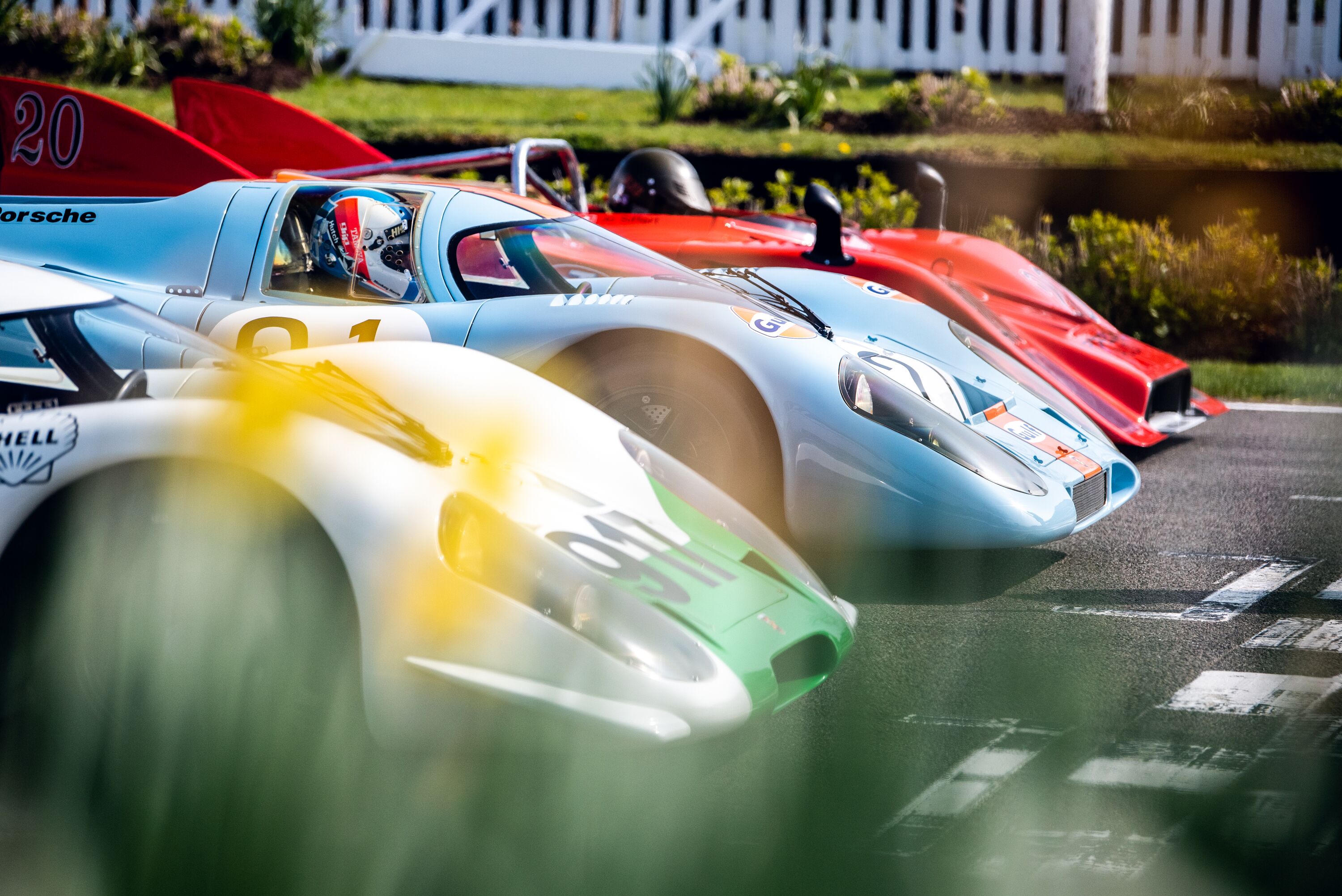What made Group 5 "Special Production" so mad?
The car was on its wheels for the first time and ready to go. Lower, wider and with a long tail honed in the wind tunnel for the Mulsanne Straight at Le Mans, the un-liveried car had a whole new set of proportions. A cry came from the assembled throng of technicians and engineers: "Why it's Moby Dick!"

The latest incarnation of the Porsche factory's Group 5 concept had a new name, and the moniker has stuck ever since. Forty years on from the first roll-out of a car officially known as the 935/78, it is still referred to after the fictional whale, and with some affection.
Moby Dick was the ultimate 935 built by the Porsche factory for the Group 5 Special Production rules that came into force for the 1976 World Championship for Makes. It was arguably the most extreme version of the 935, at least as far as the unique demands of the Le Mans 24 Hours went.
The car, the brainchild of long-time Porsche man Norbert Singer, exploited the Group 5 regulations to the full, specifically a clause that had been introduced at the behest of two of its competitors. BMW and Ford had claimed that they were disadvantaged by the front-engined layouts of their respective contenders, which explained why the rules were changed to allow for major modification to the floorpan to accommodate the exhaust system.
The regulation allowed Porsche to cut out the bottom six centimetres of the 911 chassis on which the 935 was based. Porsche didn't need to accommodate an exhaust on its rear-engined contender, but it did want to lower the car in the name of a reduction in frontal area, all-important for the flat-out blasts of Le Mans. "The words were there in the rules," says Singer, "even if they weren't written for us."
The rules also demanded that the original shape of the bodywork should be retained, though the fenders were free. Porsche famously came up with a new, more aerodynamically-shaped rear window. The original was still in place. So Singer and his team could successfully argue that it had been retained!
A desire to allow manufacturers to compete with highly-developed racers developed around the base of a homologated road car had been the catalyst for the introduction of a category that some tried to call "Formula Silhouette". Group 5 was conceived as a way of reinvigorating international sportscar racing at a time when interest in the prototype class was waning in an era of three-litre, Formula 1-engined machinery. The liberal Group 5 regulations, initially due to come into force in 1975 before the oil crisis hit, gave the manufacturers the chance to race a production-based vehicle at the highest level.
"No one wanted to build prototypes anymore," remembers Jurgen Barth, a Le Mans winner, Porsche's long-time head of customer racing and, crucially at that time, head of the governing body of world motorsport's sportscar commission. "The big manufacturers were looking to rallying and we wanted to give them something in which they could show their products in sportscar racing."
Manufacturers could develop a car out of a Group 2 touring car, which called for a minimum of 1000 units, or a Group 4 GT car, which required 400 examples. Porsche chose the latter route, of course, and got a head start with its 911 Carrera RSR in 1973. The car famously won the classic Targa Florio road race entered as a prototype as it tried out developments, including turbocharging, that would be incorporated into the 935.
There were different ways to skin a cat, however. Porsche went for more and more wild versions of the 935 as Singer, not to mention many of the marque specialists such as Kremer Racing from Cologne, came up with more and wilder interpretations of the rule book. BMW, a participant initially with both normally-aspirated and turbocharged versions of its 3.0 CSL, opted to build what then head of motorsport Jochen Neerpasch calls "a race car for the road".
The BMW road-racer was the M1. It did race in Group 5 configuration, yet only fleetingly. Production issues at Lamborghini, which had been subcontracted to build the cars, resulted in delays completing the pre-requisite number of cars for Group 4. That explained the Procar one-make series on the Formula 1 undercard in 1979 and '80.
By the time, the car was homologated, BMW had bigger fish to fry. It was heading for F1 with Brabham and a successful association spanning seven seasons that would yield the 1983 F1 world title for Nelson Piquet.
Group 5 wasn't only about German manufacturers, though the importance of the DRM German racing championship gave them an extra incentive to build cars. Lancia was another willing participant with its Beta Montecarlo, winner of the WCM in 1980 and its successor, the World Endurance Championship, in 1981.
Toyota and Mazda would build cars over the six-year lifespan of the class at world championship level, while Ferrari produced the 512BB LM to the sister IMSA GTX rules over in North America. There was even a privately-built Triumph TR8.
Moby Dick had been designed for Le Mans and the factory Porsche team ran only a handful of races in 1978, thereafter leaving the category to its customers – both those running the cars purchased from the factory and those competing with other versions of the car. Kremer was the most successful, scoring the only outright win for a Group 5 Special Production car at Le Mans in 1979 with one of its 935K3s.
Groups 1 through 6 were superseded by Groups A, B and C in 1982, and there was no equivalent of the silhouette category. The cars raced on, however. A 935/78, a replica Moby Dick built by the German Joest Racing team, finished fourth at Le Mans in 1982 behind the Group C cars, while GTX class cars continued to notch up victories in the IMSA GT Championship well into the 1980s.
There was a run of five consecutive victories at the Daytona 24 hours in 1978-82, while Joest claimed the first of its tally of 10 victories at the Sebring 12 Hours (the remainder would come with Audi this century) with its own 935J as late as 1984.
A full-house Porsche 935, with its engine slung out beyond the rear axle, wasn't the easiest car to drive.
"You had to get used to them," recalls John Fitzpatrick, who ran and drove the fourth-place 935 at Le Mans in '82 and won 15 IMSA races and the 1980 title driving the rear-engined Porsche. "In most circumstances, you had more power than grip, and you certainly didn't want to get out of line. They were brutes, but they were fabulous!"
Photography courtesy of LAT Images
group 5
76MM
Porsche
935
BMW
Lancia
Ferrari
2018











